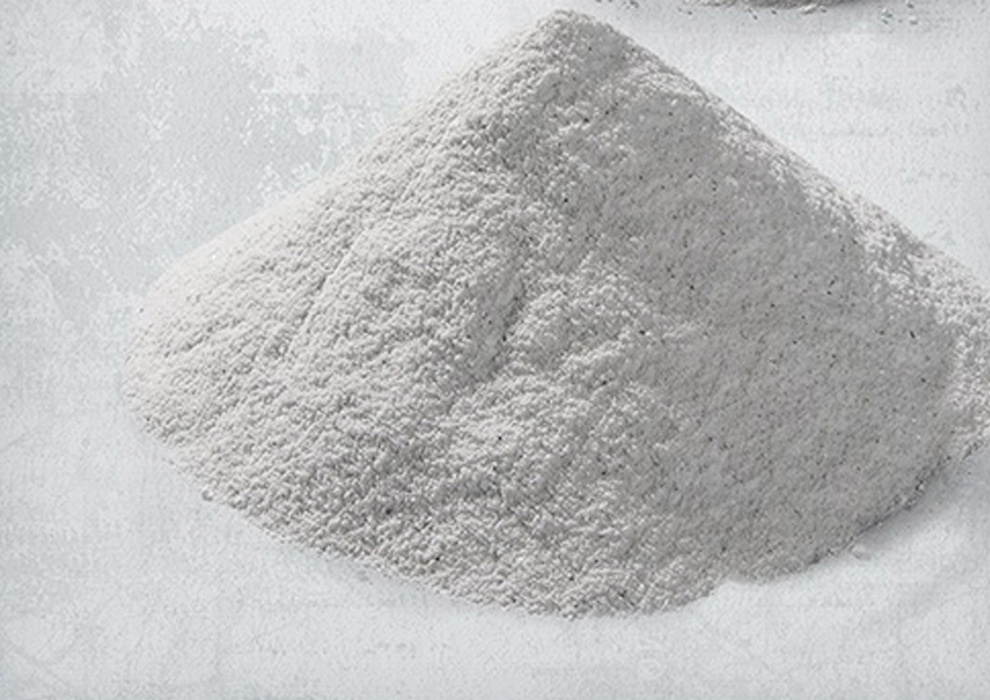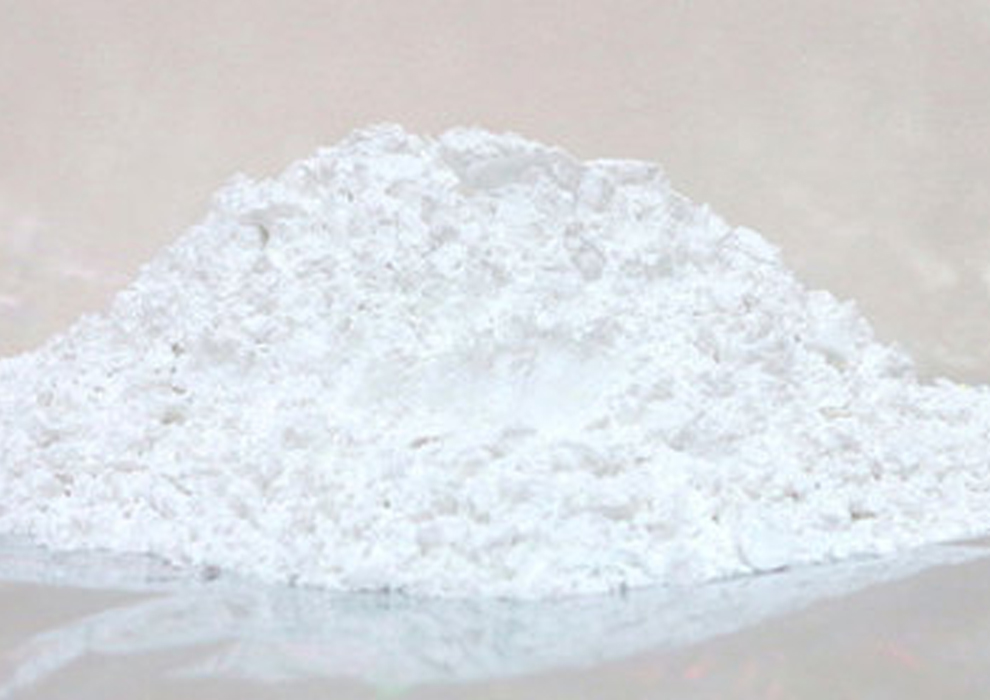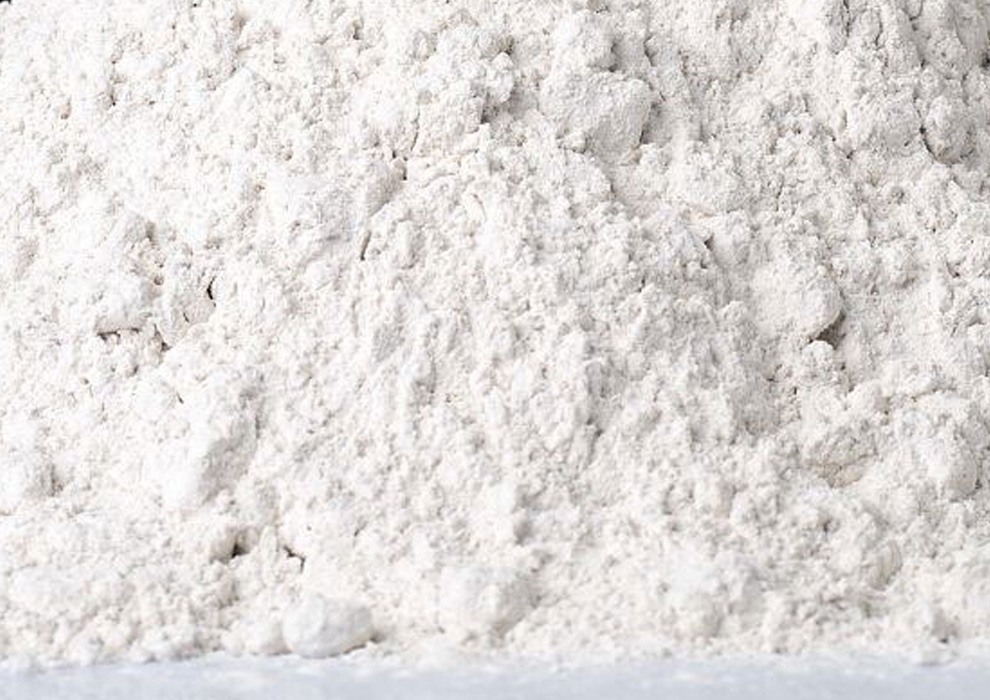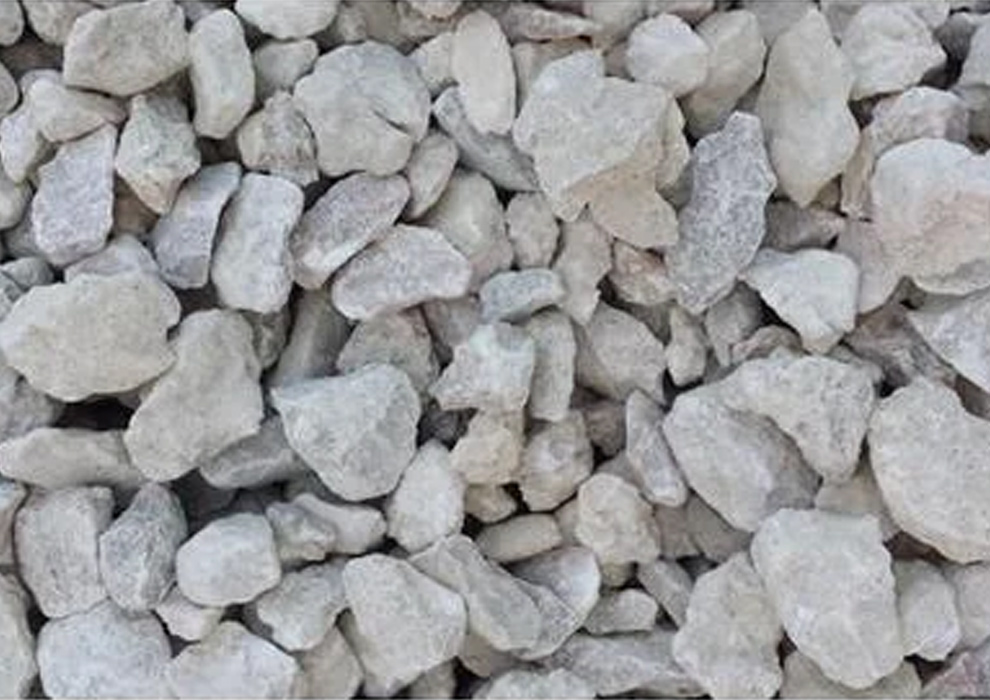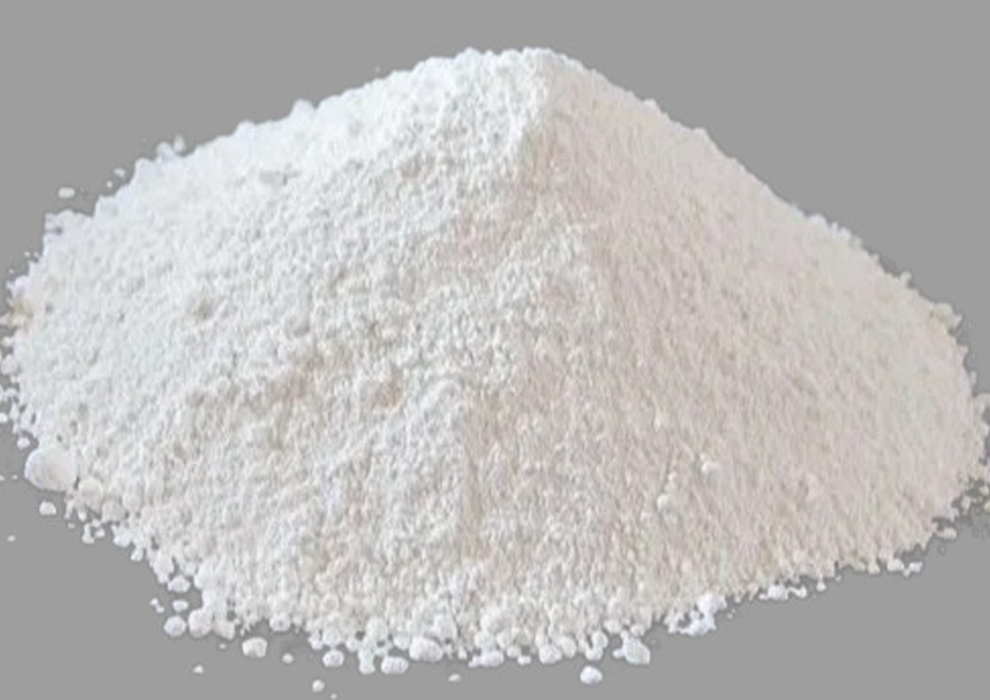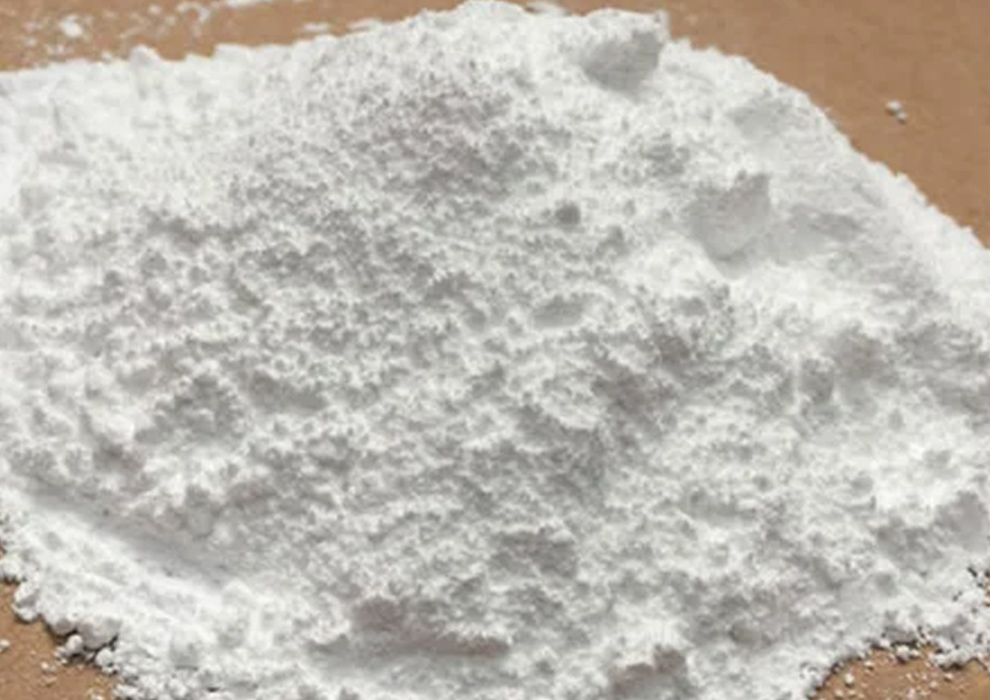China clay powder
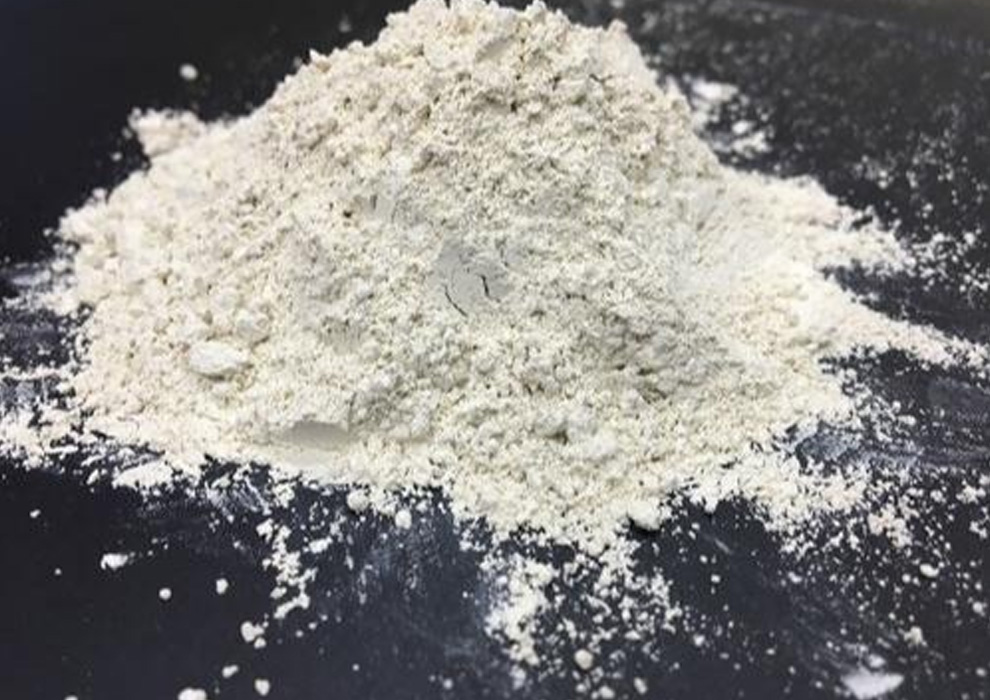

China clay powder Uses
Formation and Source
China clay is formed through the weathering of rocks rich in aluminum silicates, such as feldspar and granite. The weathering process breaks down these rocks, and kaolinite is the primary mineral that results. The clay is then extracted and processed to create the fine powder known as china clay powder.
Particle Size and Properties
China clay powder consists of very fine particles with a platy or lamellar structure. It has a high aspect ratio, which makes it suitable for various applications.
Ceramics
China clay powder is a key ingredient in the production of ceramics, including porcelain, stoneware, and fine china. It contributes to properties like plasticity, workability, and firing behavior. Paper Industry: It's used as a filler and coating material in the paper industry to enhance opacity, brightness, and printability of paper products.
Paints and Coatings
China clay powder is used as a filler and extender in paints, coatings, and adhesives to improve properties like opacity, texture, and rheology.
Rubber Industry
It's used as a reinforcement filler in rubber products to enhance mechanical properties and reduce costs. Plastics Industry: China clay powder is used as a filler in plastics to improve mechanical properties and decrease resin consumption.
Cosmetics and Personal Care
It's used in cosmetics and personal care products as a bulking agent, absorbent, and texture enhancer.
Pharmaceuticals
In pharmaceuticals, china clay can be used as an excipient in tablet formulations. Geological Deposits: Kaolin deposits are found in various parts of the world, with significant sources in China, the United States, Brazil, the United Kingdom, and other countries.
Processing
China clay powder is typically processed through mining, refining, and drying. The refinement process removes impurities and enhances the quality of the clay.
Safety
China clay is generally considered safe for use in various applications. However, as with any fine powder, appropriate safety measures should be followed to prevent inhalation of dust.



